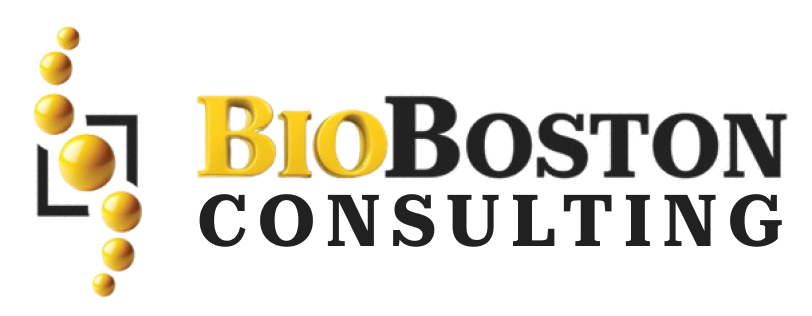In the fast-evolving landscape of the medical device industry, regulatory compliance is vital to ensure patient safety, maintain market access, and avoid penalties. One of the most important updates involves new labeling regulations that impact how manufacturers present product information. These changes focus on enhancing clarity, improving usability, and aligning with global standards. However, they also pose unique challenges for compliance.
This guide offers a comprehensive overview of the latest labeling regulations and shares actionable strategies for medical device manufacturers to ensure compliance while optimizing the user experience.
Understanding the New Medical Device Labeling Regulations
What Are the Updates?
Recent updates to labeling regulations address several critical factors to improve clarity and standardization across international markets. Some key updates include:
- Increased Clarity: Labels must now be more user-friendly, reducing the chances of misinterpretation, and making it easier for healthcare providers and patients to use devices safely.
- International Standardization: Manufacturers must align with global standards such as ISO 15223-1 to ensure consistency in labeling.
- Digital Integration: With the rise of digital technologies, electronic instructions for use (eIFU) are being incorporated where applicable, streamlining accessibility and reducing costs.
For example, regulations under the EU Medical Device Regulation (MDR) and the In Vitro Diagnostic Regulation (IVDR) are stricter, calling for labels that are more detailed and easier to understand.
Why These Labeling Changes Matter
These regulatory updates have far-reaching consequences for manufacturers. Here is why they are so important:
- Enhanced Safety: Clearer labels reduce the chances of user error, improving patient outcomes by ensuring that devices are used as intended.
- Regulatory Compliance: Failure to comply with updated labeling standards can result in product recalls, penalties, or loss of market access.
- Market Expansion: Compliant labeling allows manufacturers to tap into international markets by meeting the expectations of regulators and healthcare providers worldwide.
Key Components of Compliant Medical Device Labeling
Medical device labels must include critical information to ensure safe use and regulatory compliance. Here are the essential elements that need to be considered:
- Product Identification: Labels must clearly display the device’s name, model, and batch/serial number for traceability.
- Instructions for Use (IFU): A clear and detailed IFU is crucial for helping users operate, maintain, and understand the risks associated with the device. The shift to eIFUs offers cost savings but must meet specific accessibility standards.
- ISO-Compliant Symbols and Icons: Standardized symbols and icons reduce language barriers and improve user comprehension.
- Risk and Warning Statements: Labels must clearly state any risks, contraindications, and safety precautions to prevent misuse.
How Manufacturers Can Navigate New Labeling Regulations
Adapting to the new labeling requirements might seem overwhelming, but it is manageable with the right approach. Here are some key strategies for medical device manufacturers:
- Conduct a Labeling Audit: Begin with a detailed review of your current labels. Check for the following:
- Accuracy of information
- Compliance with international language and symbol standards
- Clarity in design and layout
- Invest in Scientific Literature Services: To back up the claims on your labels, scientific literature services can provide the clinical data necessary for compliance. These services help ensure your labels are aligned with the latest clinical evidence.
“Scientific literature services help streamline compliance by providing accurate, evidence-backed documentation, making it easier to meet regulatory requirements.”
- Utilize Digital Tools: Leverage specialized software for label design and management. Key features to look for include:
- Multilingual translation capabilities
- Automated updates for regulatory changes
- Integration with eIFU platforms
- Collaborate with Regulatory Experts: Work with consultants who specialize in global labeling standards to help navigate complex requirements and reduce compliance risks.
Real-World Examples of Labeling Compliance
Here are a couple of case studies that demonstrate the practical application of labeling updates:
- EU MDR Transition: A mid-sized manufacturer faced challenges while updating their labels to meet the stringent MDR requirements. By using scientific literature services and digital label design tools, they achieved full compliance within six months, avoiding market disruption.
- eIFU Implementation: A multinational company transitioning to electronic IFUs reduced printing costs by 30% and streamlined their operations. This transition required collaboration with regulatory bodies to ensure the digital platform met security and accessibility standards.
Benefits of Compliant Medical Device Labeling
Adhering to updated labeling regulations offers multiple benefits to manufacturers:
- Improved Patient Safety: Accurate and well-designed labels minimize errors, ensuring devices are used as intended.
- Faster Regulatory Approvals: Compliance with the latest labeling standards accelerates market entry by streamlining the approval process.
- Enhanced Brand Reputation: Manufacturers that prioritize transparent, compliant labeling are trusted more by healthcare providers, resulting in increased market acceptance.
Key Takeaways for Medical Device Manufacturers
Here is what you should do and avoid when navigating new labeling regulations:
Do’s:
- Regularly monitor updates to global regulations.
- Prioritize user-centric design in label creation.
- Validate label content using scientific literature services.
Don’ts:
- Delay updates, risking non-compliance and penalties.
- Ignore the importance of multilingual labeling.
- Underestimate the complexity of adopting eIFUs.
Conclusion: Simplifying Compliance with BioBoston Consulting
Medical device manufacturers must adapt to new labeling regulations to remain compliant, ensure patient safety, and maintain market access. By conducting audits, investing in scientific literature services, and leveraging digital tools, compliance can be achieved efficiently.
For expert assistance in navigating these regulatory changes, BioBoston Consulting offers specialized services to help you manage your labeling processes and ensure global compliance.
Contact BioBoston Consulting today to streamline your compliance efforts and enhance your medical device’s market potential.
Partner with BioBoston Consulting for expert regulatory solutions.

